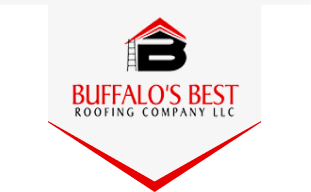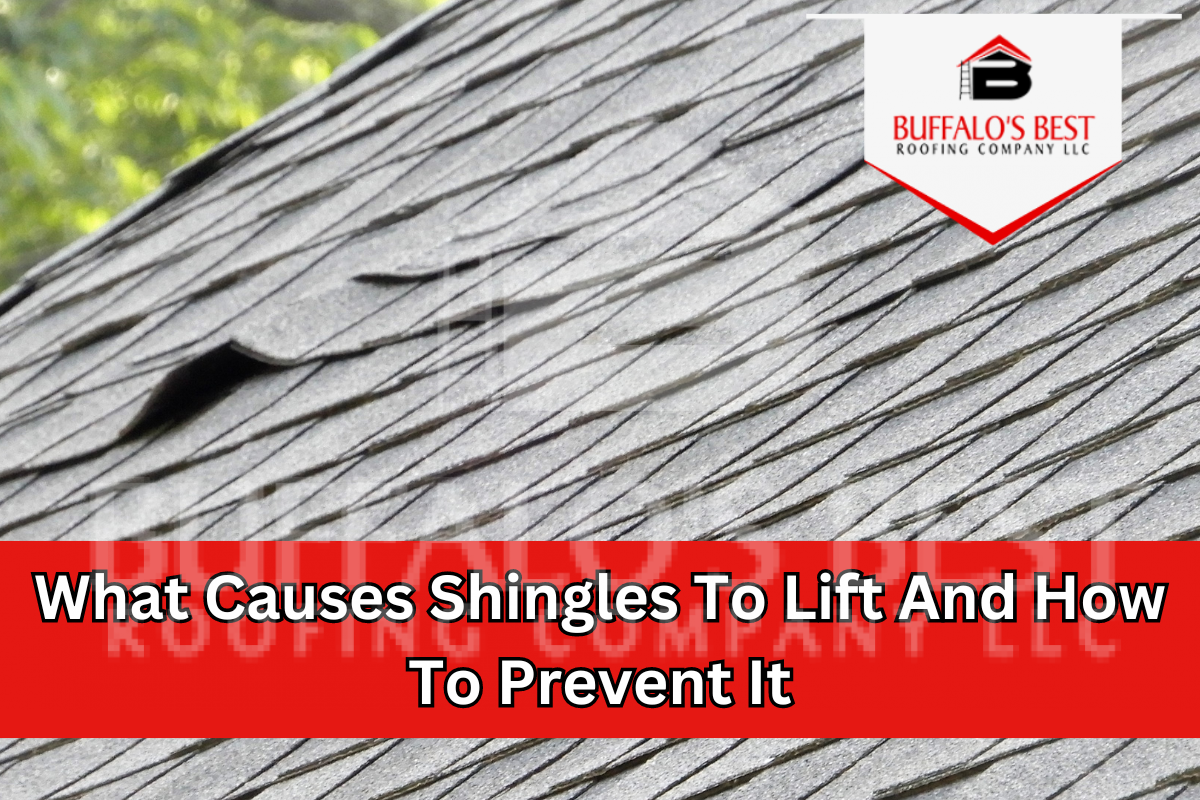Lifting shingles isn’t only a cosmetic concern, it also creates challenges to the roof’s functionality. If you notice shingles lifting on your roof, then it’s time to take action. Since shingles are the protective layers nailed firmly to the roof deck, any damage like curling or lifting can compromise the health and integrity of your roof, ultimately, prompting you to make extensive repairs.
However, before taking any action, you must be informed about what causes shingles to lift and how you can prevent these challenges from occurring. Keep reading to learn just that.
A Brief Overview On What Lifting Shingles Are
Lifted shingles are shingles that have edges or corners that are lifting up, as the shingles slowly become detached from the underlying surface. This separation can be caused by various factors, ranging from weather conditions to improper installation techniques. Shingles that are lifting up can be a problematic issue for your roof’s appearance, and its function since as they lift they create gaps and openings, compromising the integrity of your roof and potentially leading to water damage, mold growth, and other structural issues.
The Importance Of Addressing Lifting Shingles Promptly
While a few lifted shingles may not seem like a big deal initially, ignoring the problem can have severe consequences down the line. Neglecting to address shingles that are lifting up on the edge of the roof or curling up can lead to water infiltration, which can cause rot, mold, and expensive repairs. Loose shingles can also be a safety hazard, as they may detach completely and pose a risk to people or property below. Addressing the issue promptly not only protects your home’s structural integrity but also saves you money in the long run by preventing further damage.
Signs And Symptoms Of Lifted Shingles
Identifying lifted shingles early on is crucial to prevent further damage. Here are some tell-tale signs to watch out for:
➔ Visibly raised or curled shingle edges or corners
➔ Gaps or spaces between shingles
➔ Shingles that appear to be loose or detached
➔ Water stains or moisture damage along interior walls or ceilings (indicating potential roof leaks)
If you notice any of these signs, it’s time to take action and investigate the underlying causes.

Related: Missing Shingles After A Storm? Here’s What You Need To Know
A Closer Look At What Causes Shingles To Lift Up
Now, let’s take a closer look at some of the causes of shingle lifting and how you can identify it happening on your own roof.
1. The Impact Of Weather (Wind, Hail, Etc.)
The most common problems behind shingles lifting up are extreme weather events. High winds, hail storms, and extreme temperature fluctuations can take a toll on your roof over time. Strong gusts can lift and loosen shingle edges, while hail can create dents and cracks, compromising the integrity of your roofing materials. Additionally, repeated freezing and thawing cycles can cause shingles to expand and contract, leading to separation from the underlying surface.
2. The Role Of Improper Installation Techniques
While weather plays a significant role, improper installation techniques can also contribute to the premature lifting of shingles. If the shingles were not properly nailed, sealed, or overlapped during installation, they may be more susceptible to lifting and curling over time. This is why it’s crucial to hire experienced and certified roofing professionals who follow best practices and manufacturer guidelines.
3. Effects Of Aging And Wear & Tear On Shingles
Even the most well-installed roof is not immune to the effects of time. As shingles age, they can become brittle, lose their flexibility, and start to curl or lift at the edges. This natural wear and tear is exacerbated by exposure to UV rays, moisture, and temperature extremes. Regularly inspecting your roof and addressing any signs of aging can help prevent more extensive damage down the line.
4. The Impact Of Debris
Sometimes, the culprit behind lifted shingles can be as simple as debris accumulation. Leaves, branches, and other organic matter can trap moisture and prevent proper drainage, leading to the lifting and curling of shingles. Additionally, environmental factors like overhanging trees or nearby construction sites can contribute to debris buildup, further compounding the issue.
5. Consequences Of Poor Ventilation And High Humidity
Roof ventilation also plays an integral role in keeping shingles intact and preserved from the dangerous effects of harsh weather conditions. By promoting the cycle of air throughout the attic, roof ventilation eliminates the buildup of moisture and lowers humidity levels. A lack of proper ventilation, however, can cause shingles to lift, curl, and potentially foster the growth of mold and mildew, which can further degrade your roofing materials.
Also read: 6 Types Of Roof Damage That Demand Immediate Roof Repair In Western New York
Preventive Measures To Avoid Future Shingle Lifting
From reading the above section you may have been able to identify the reason behind your lifting shingles, so now, here is what you can do to prevent further damage.
1. Regular Maintenance Tips For Homeowners
Prevention is always better than trying to fix damage, and this is especially true when it comes to maintaining your roof. Regular maintenance can help you identify and address potential issues before they escalate, saving you time, money, and hassle in the long run. Here are some tips to help prevent future shingle lifting:
➔ Conduct annual roof inspections (spring and fall are ideal times) to identify any signs of damage or wear and tear.
➔ Trim overhanging branches or remove nearby trees that could drop debris onto your roof.
➔ Ensure proper ventilation in your attic to prevent moisture buildup.
➔ Clean gutters and downspouts regularly to prevent water accumulation and overflow.
➔ Address any minor repairs promptly, such as replacing cracked or missing shingles, to maintain the integrity of your roof.
2. The Importance Of Proper Installation By Certified Professionals
Hiring certified and experienced roofing professionals can make all the difference in preventing future issues like lifted shingles.
Certified roofers are trained in the latest techniques and best practices, ensuring that your roof is installed correctly from the start. They understand the importance of proper nailing patterns, overlapping, and sealing, which can significantly reduce the risk of premature shingle lifting or curling.

Final Thoughts
DIY repairs for minor shingle lifting can be a possible option for those with the necessary skills and tools, but it’s crucial to follow proper safety protocols and adhere to manufacturer guidelines. For more extensive damage or cases where you’re uncertain on how to proceed, consulting a professional roofing expert is highly recommended to ensure a thorough assessment and the appropriate course of action, whether it’s a repair or a complete roof replacement.
Consult A Roofing Professional In Buffalo For Your Roofing Needs
If you notice a significant amount of shingles lifting up around your roof, then it is best to consult with a roofing professional.
An expert roofing contractor can identify the root cause behind any problems on your roof and provide guidance on what actions to take. Our roofers at Buffalo’s Best Roofing Company can guide you on how to handle lifting shingles on your roof. From a thorough roof inspection to a complete roof replacement, we can provide anything you need in order to keep your home or commercial building in good condition. Contact us today at (716) 276-3673 to speak with one of our experts and find out how we can help you.


